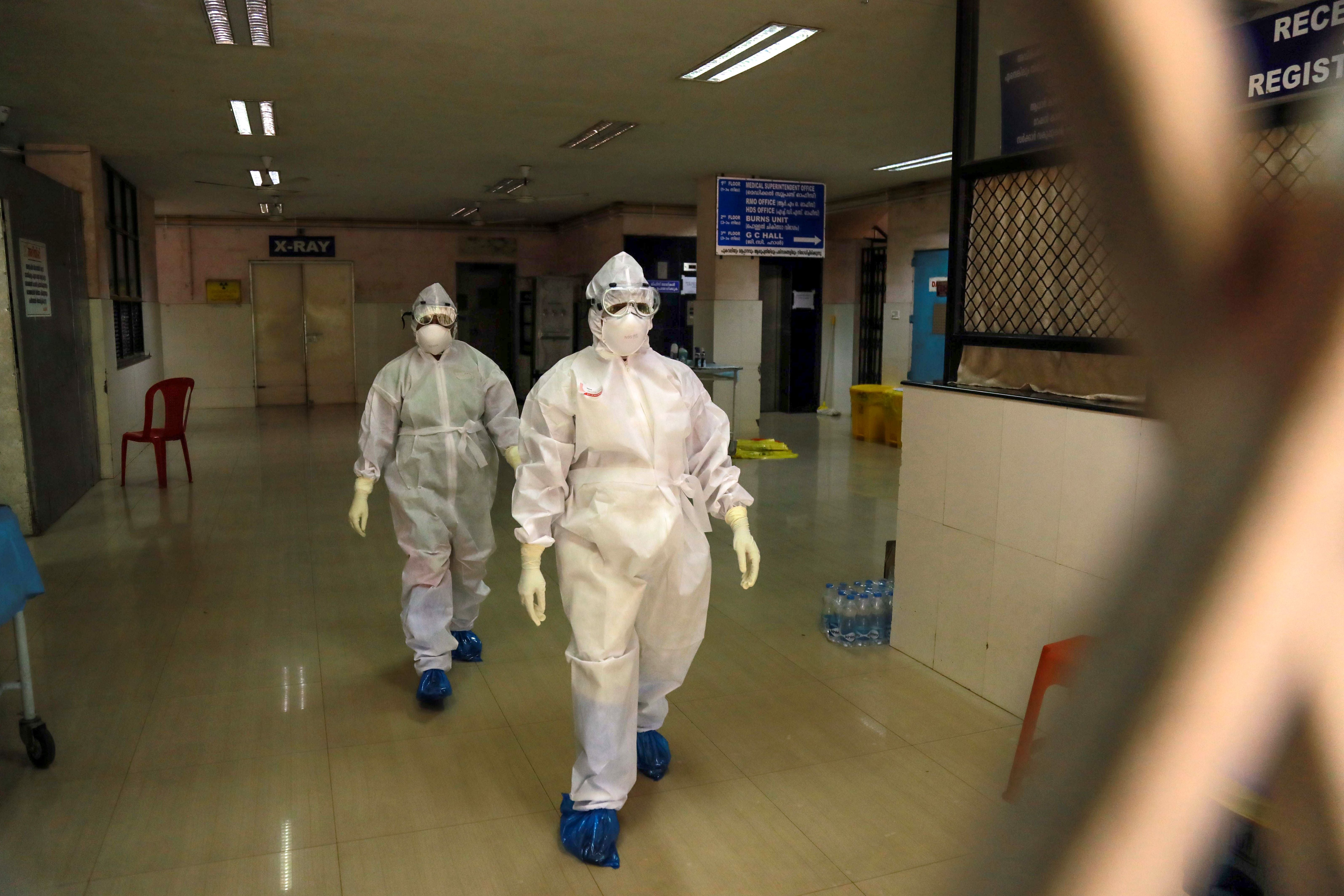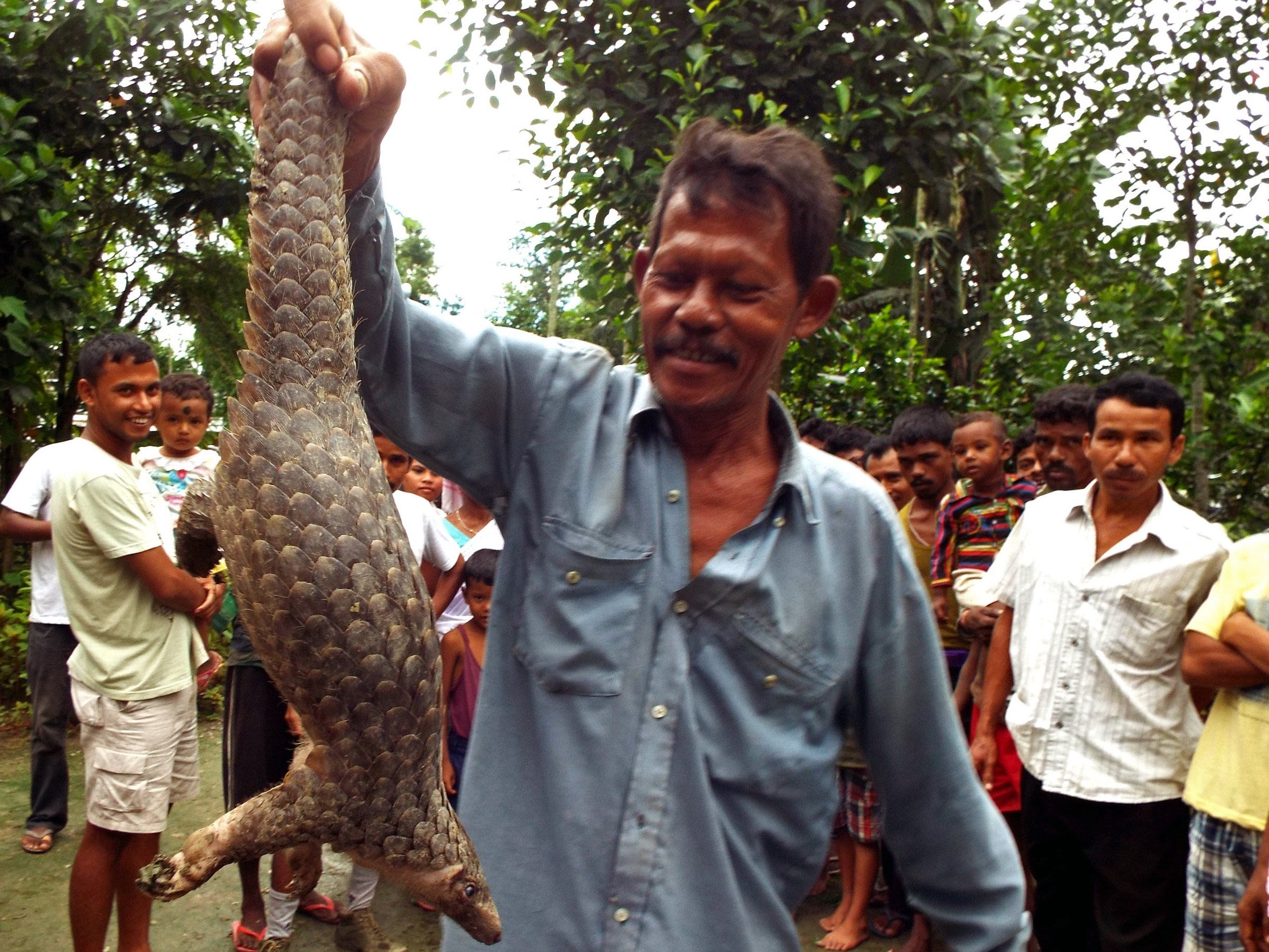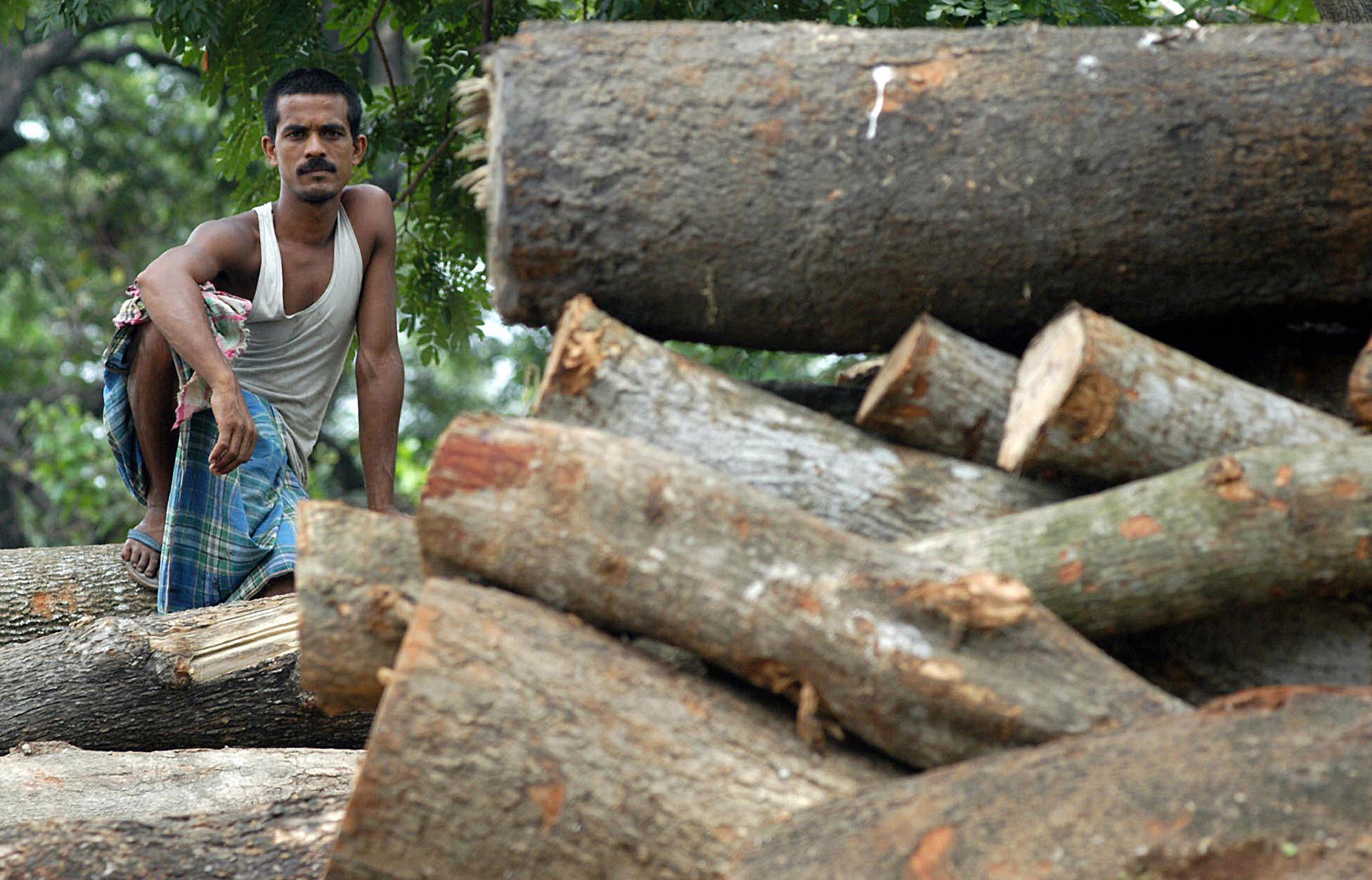As India emerges as hotspot for potential new viruses, experts battle red tape to head off another pandemic
Scientists say it is just a matter of time before one of these zoonotic diseases sparks another full-blown pandemic, and proactive surveillance is vital, writes Vishwam Sankaran

In the late 1950s, people in the southern Indian town of Shimoga started reporting the mysterious deaths of dozens of monkeys in the evergreen forests of the district.
Soon people in the villages surrounding the forest also began reporting high fever, vomiting, diarrhea, body pain, headache, and blood in the stool. There were a few deaths, too, prompting officials to initiate a surveillance project, suspecting that this deadly disease was coming from birds.
Scientists from India’s then newly established Virus Research Centre started studying birds and ticks in the area to try to identify what was causing the haemorrhagic fever.
“That’s when they realised it was a new viral disease – the Kyasanur Forest disease (KFD), which was being transmitted by some of the ticks there – and that the primate populations over there were reservoirs of the KFD virus,” says Pranav Pandit, a veterinary epidemiologist from the One Health Institute at UC Davis.
“The Virus Research Centre expanded its scope and was redesignated as the National Institute of Virology (NIV) in Pune,” Dr Pandit says, adding that there is an urgent need to survey more wildlife across different parts of India for the deadly pathogens they may harbour.
The way the NIV was set up has deep roots in an understanding of the complex interactions between ecology, wildlife, animal health and human health, in what is being heralded as the “One Health” approach for studying zoonotic diseases – that is, diseases that jump from animals to humans.
And although the One Health concept has been studied for decades, scientists agree that there is still a lack of data on zoonoses coming out of India, despite the country becoming a hotspot for these diseases.

Since the start of the pandemic, some scientists have said that there are also growing concerns about internationally funded collaborative research on zoonosis surveillance in India, particularly after the lab-leak hypothesis of the origin of Covid-19 started to gain ground.
“We’re very cagey about having international collaborations that are seen as a massive national security threat, when in fact the world needs to move more and more towards open science,” disease ecologist Abi Tamim Vanak tells The Independent.
Concerns about international collaboration, scientists say, were sparked by revelations that certain labs were reportedly involved in genetically engineering bat viruses.
“You should realise that, post-Covid, there has been a very strong sense of fear about international collaboration and funding,” says an Indian zoonosis researcher who asks to remain anonymous, adding that “it’s not something that is restricted to India”.

“I think it’s like a global trend overall, following the lab-leak hypothesis. Generally, I think there is a lot of fear about international funding – wherever that funding is coming from – but going forward it has to become more collaborative, because we all face this together in the world,” the scientist continues.
While Dr Vanak agrees that strict research permits are necessary, he says the lengthy process hampers scientists’ ability to respond rapidly to emerging threats from infectious diseases.
For instance, the regulatory framework in India for conducting One Health research that involves international collaboration generally requires approvals from multiple government authorities, ranging from the Ministry of External Affairs to the Armed Forces Directorate, as well as from state health authorities.
In some cases, permission is also needed from the state forest authorities, as well as the biodiversity boards, for accessing biological resources in natural landscapes, Dr Vanak noted in The Hindu last year.
Adding to these challenges, the latest trends in land use in the country – especially extensive deforestation in critical biodiversity hotspots – call for strengthening zoonosis surveillance.

Parts of the country, such as the Western Ghats – a biodiversity hotspot, and also a place with one of the highest human population densities in the world – and India’s biodiverse northeast region, could be potential disease-emergence hotspots as they undergo rapid deforestation, say scientists.
Yet the environmental clearance process for deforestation and extensive land-use change is much easier than the approval process for conducting crucial zoonosis research in these same places.
“So today, a company can go to some forest area, put [forward] a proposal to completely cut it down, and destroy it. But if I wanted to go and do research in that forest, with foreign collaboration, I’d have to jump through a whole bunch of hoops,” says one Indian disease scientist, who asks to remain anonymous.
“This is the problem – that we don’t see research as an activity that should be promoted,” the researcher adds.

Global virus-discovery and mapping studies show that in areas where there are high chances of landscape change, and exploitation of a wild population, the contact between animals and humans tends to increase and raise the risk of the emergence of new pathogens.
“That’s what the data from about 100 known emerging and already emerged viruses has been showing us,” says Dr Pandit.
And in India, he says, there are hotspot regions in which more roads and infrastructure continue to be built. The disruption creates the exact conditions most urgently requiring surveillance for deadly animal pathogens.
Surveillance for viral diseases is generally of two kinds: one is for known zoonotic diseases, where scientists assess wildlife and their ecosystems to predict when there might be potential outbreaks. The other is searching for unknown pathogens.
In a recent study of the deadly Nipah virus, which kills over 75 per cent of the people it infects, research on how it circulated among fruit bats helped scientists understand where a likely outbreak might occur in humans.
Researchers demonstrated how human interaction with the bats could be managed if we knew how and when Nipah spillover might happen. They said further long-term study of fruit bats is essential to help prevent further outbreaks in the southern Indian state of Kerala, where it is a recurring problem.
Meanwhile experts agree that there’s not enough proactive surveillance of unknown pathogens in India.
Our response to major diseases, whether they’re in animals, wild animals, zoonotic diseases or economically important diseases, is after the harm has been done
One such study was by a team from the National Centre for Biological Sciences (NCBS) in Bengaluru, including molecular ecologist Uma Ramakrishnan, who obtained samples from bats as well as blood samples from members of the Bomrr clan in a village in the northeastern state of Nagaland.
In these samples, scientists found the presence of antibodies against filoviruses – a family of viruses that includes Ebola and Marburg – but the virus hadn’t affected the humans.
“Those types of research are supercritical. They are essential to even understand what’s really happening in bats and if there are any exposures to bat pathogens, and a family like filoviruses is quite important. So that’s really critical,” Dr Pandit says.
Such studies, which “directly detect the presence of viruses”, are important, since they provide the “baseline data about what’s really happening in animal populations”, he adds.
Since there are few scientists studying these phenomena across India, establishing a qualified, interdisciplinary team to investigate the emergence of new diseases, including vets, ecologists and virologists, is very difficult.
“Our response to major diseases, whether they’re in animals, wild animals, zoonotic diseases or economically important diseases, is after the harm has been done,” disease ecologist Aniruddha Belsare tells The Independent.

Dr Belsare cited the example of the African swine fever outbreak in China, which happened shortly before the onset of the Covid-19 pandemic and effectively decimated the country’s entire pork industry. He believes it could have been prevented from spreading to India had authorities been more proactive in the Indian states bordering China.
With no vaccines or treatment available, the viral disease spread to India in May 2020, and went on to wreak havoc in the pork industry in its northeastern states.
“We could have easily done something before it reached India. We need to bring in experts who could help us develop a very robust and rational strategy for detection of these animal diseases,” Dr Belsare says.
But experts say there is hardly any surveillance of wildlife, even in these very well populated regions of the country.
In a 2019 study, published in the Indian Journal of Medical Research, several Indian disease experts, including those from the NIV, noted that there was a rise in the number of “fevers of unknown origin” across India.
They assessed outbreaks in 2017 and found that the causative agents for these fevers could not be detected in as much as one-third to one-quarter of patients despite a battery of tests being available for a variety of pathogens.
Right now there’s an outbreak of scrub typhus in Uttar Pradesh ... We need to keep looking out for this pathogen, in wildlife or in livestock, and then intervene so that it doesn’t spill over into humans
“Unavailability of diagnostic facilities, [as well as] challenges in collection, transport and testing of the right type of specimens at the right time, often impact accurate laboratory diagnosis of these conditions,” the scientists noted in the study.
The study identified 43 emerging and re-emerging diseases in India, of which 23 were zoonoses. These included the Nipah virus, the Chandipura virus (spread by sandflies), and the bacterial disease scrub typhus, which is rapidly expanding to new territories.
“Right now there’s an outbreak of scrub typhus in Uttar Pradesh, and scrub typhus keeps breaking out. We need to keep looking out for this pathogen, in wildlife or in livestock, and then to somehow intervene so that it doesn’t spill over into humans,” Dr Ramakrishnan says.
It is just a matter of time before one of these zoonotic diseases could result in another full-blown pandemic, scientists say, adding that only proactive surveillance can help prevent a big disease outbreak.
“And that could be the Crimean Congo haemorrhagic disease, or tuberculosis, or even KFD. Because it looks like KFD is expanding – it’s in Maharashtra. It’s already in Kerala, Karnataka and Goa right now,” the Emory University disease ecologist adds.






Join our commenting forum
Join thought-provoking conversations, follow other Independent readers and see their replies
Comments